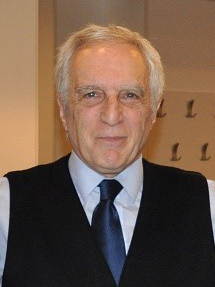
Title: Futuristics Insights into BioNeuroSciences
Conference Chairman
Prof. Luiz Moutinho
University of Suffolk
England
Abstract
The talk will start by addressing biometric sensors and predictive eye-tracking , followed by human enhancement and genetic editing . Other topics related to the Sensorial Life which will be presented are nootropics , chemical haptics and ingestibles.
The discussion moves then to the optimisation of neuroscience, augmented humanity , science of intelligence, neurology and foresight.
Three major neuroscientific research projects are then dissected-blue brain, human brain and the connectome. Further issues like singularity, cognitive dust, mind machine and the neural code will be introduced. The keynote presentation ends by introducing futuristic themes like the age of bionics, transhumanism , superintelligence and neuromorphic chips.
Biography
Professor Luiz Moutinho (BA, MA, PhD, MAE, FCIM) is a Fellow and Visiting Professor of Marketing at Suffolk Business School, Faculty of Arts, Business and Applied Social Science, University of Suffolk, Ipswich, England, UK, and at The Marketing School, Portugal and Adjunct Professor of Marketing, Graduate School of Business, Faculty of Business and Economics, University of the South Pacific, Suva, Fiji. In 2020 he was elected as the member of The Academia Europaea. In 2017 he received a degree of Prof. Honoris Causa from the Univ. of Tourism and Management Skopje, North Macedonia. During 2015 - 2017 he was professor of BioMarketing and Futures Research at the DCU Business School, Dublin City University, Ireland. This was the first Chair in the world on both domains - BioMarketing and Futures Research. Previously, and for 20 years, he had been appointed as the Foundation Chair of Marketing at the Adam Smith Business School, University of Glasgow, Scotland. Previously, he got his first Chair in 1989 at the University of Wales College of Cardiff 1989-2006. Professor Moutinho completed his PhD at the University of Sheffield in 1982. He has been a Full Professor for 34 years and has held Visiting Professorship positions at numerous universities worldwide. He is the Founding Editor-in-Chief of the Journal of Modelling in Management (JM2) and Co-editor-in-Chief of the Innovative Marketing Journal. His main areas of research interest encompass marketing, management and tourism futurecast, artificial intelligence, biometrics and neuroscience theory, evolutionary algorithms, human-computer interaction, the use of artificial neural networks in marketing, modelling processes of consumer behaviour, futures research. Prof. Moutinho has given keynote speeches, lectures, seminars, talks, etc. in 46 countries worldwide. Prof. Moutinho has 38 books published, over 159 articles published in refereed academic journals. He has 16250 academic citations, the h-index of 59 and the i10-index of 160 (Google Scholar, August 12th, 2023).
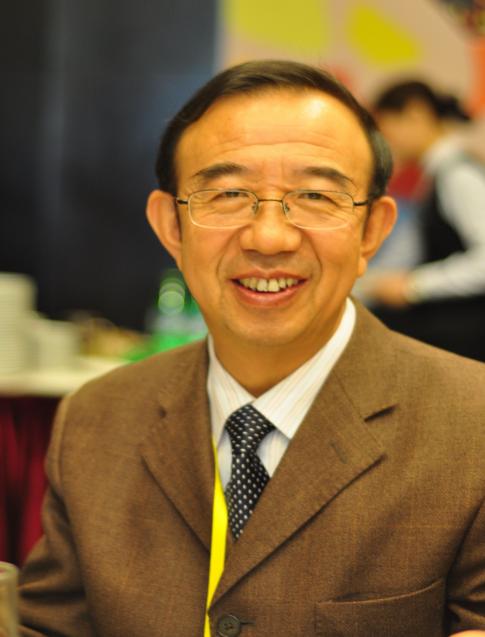
Title: Neuroimaging by Evaluation Nerverenovate and Neuroplasticity of Acupuncture in Chindren with Cerebral Palsy
Conference Co-Chairman
Dr. Zhenhuan LIU
Guangzhou UniversityChina
Abstract
To investigate the effect of and Acupuncture on brain plasticity and motor development in children with cerebral palsy. Investigate effect on mechanism of apoptosis of brain nerve cells, regulating the expression of neurotrophic factors, promoting the remodeling of nerve synaptic structure and motor development in young rats with cerebral palsy.Two:To evaluate the effect and mechanism of acupuncture on cerebral palsy.Three:The nerve repair effect of acupuncture on cerebral palsy.Methods:In this study, 146 cases of brain injury and 1078 cases of cerebral palsy were included by randomized controlled study with ICF Gross motor function measure ,Peabody fine motor function, Gesell, muscle tension, joint activity, activity of daily living transcranial doppler,, skull B ultrasound, Brain Nuclear Magnetic Resonance Imaging MRI,Positron Emission Tomography SPECT, Diffusion tensor tractography evaluation method.
Biography
Zhenhuan LIU professor of pediatrics,Pediatric acupuncturist Ph.D.tutor.He has been engaged in pediatric clinical and child rehabilitation for 40 years. Led the rehabilitation team to treat more than 40,000 cases of children with intellectual disability, cerebral palsy and autism from China and more than 20 countries,More than 26800 childrens deformity returned to school and society and became self-sufficient.The rehabilitation effect ranks the international advanced level.Vice-chairman of Rehabilitation professional committe children with cerebral palsy,World Federation of Chinese Medicine Societies.Visiting Profassor of Chinese University of Hong Kong in recent 10 years. .He is most famous pediatric neurological and rehabilitation specialists in integrated traditional Chinese and Western medicine in China.He has edited 10 books.He has published 268 papers in international and Chinese medical journals.
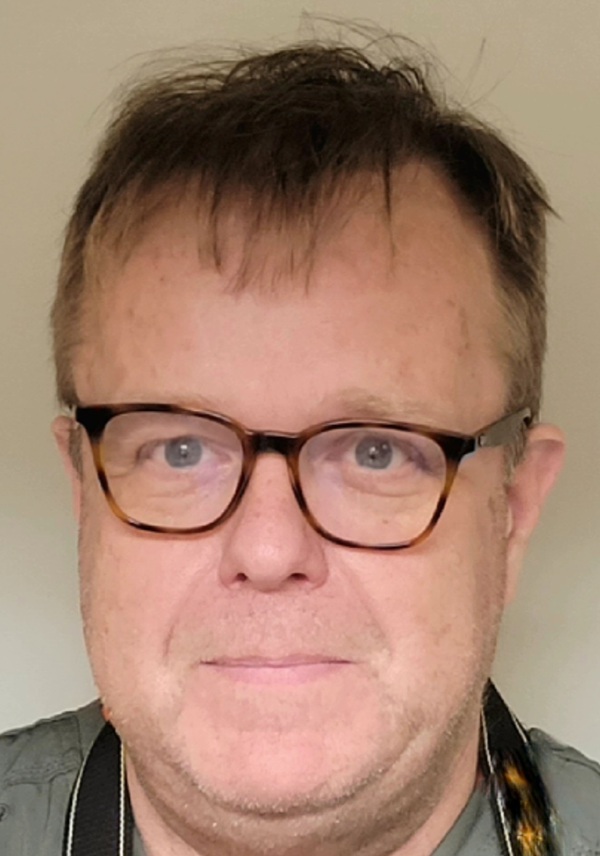
Title: Intimate Partner Violence: Concussions (Brain Injury Category)
Keynote Presentation
Dr. James Frizzell
Frizzell ForensicsCanada
Abstract
Trauma to the brain, and as the brain has different densities, then the different densities are going to get a tearing type or shearing type of injury that can occur, at different areas of the brain. This is called DAI (diffuse axonal injury).
There is a growing literature showing that abnormalities in functional and structural neural connectivity are related to cognitive functioning after sustaining IPV minor-TBIs. (9).
By definition, structural connectivity is where parts of brain cells that connect to different brain regions; functional connectivity is where regions of the brain that are working together but are not located right next to each other. (Dr Eve Valera).
“The IPV-related TBIs are associated with structural connectivity in the superior and posterior corona radiata. The more recent and greater number of TBIs a woman had, then the less the less these two brain regions communicated with one another. The less that theses two brain regions communicated with one another, the worse women tended to be able to learn a list of words and remember them 20 minutes later” (Dr Eve Valera).
“Traumatic brain injuries involve injury to brain cells that can affect structural and functional connectivity. Again, traumatic shearing of this axon may occur when the head rapidly undergoes acceleration, deceleration, or rotational forces. Neuron/brain cells can be injured such that neurons can not communicate with one another efficiently or at all” (Ibid).
Biography
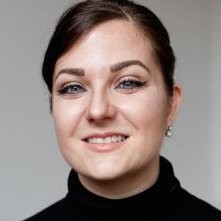
Title: Towards a Science of Change for Functional Neuroimaging Research
Keynote Presentation
Dr. Daina Crafa
Vrije University AmsterdamNetherlands
Abstract
Plasticity is pervasive across brain and behavior throughout the lifespan. Every action reinforces or revises our neural processes in some way. Although these are the foundational principles of Hebbian theory and the origins of neuropsychology, functional brain imaging research often takes a mechanistic, state-based approach to neurocognitive research. We have learned much from neurocognitive research, but often the brain imaging results are not reproducible even when the cognitive-behavioral findings are. One underexplored possibility is that Hebbian plasticity is more pervasive than we have previously thought. By understanding systematic ways that the human brain changes (i.e., common phenotypes of change), we can create a predictable neuroscience through adjusting our levels of analysis. This talk will present a conceptual framework for studying dynamic brain processes and two experiments that examine short- and long-term changes to functional brain processes. Data describing behavioral phenotypes of neural plasticity will be discussed. The larger implications for reproducible neuroscience will be examined in detail.
Biography
Daina Crafa is a Tenured Assistant Professor at VU Amsterdam in Clinical Neuropsychology. She combines multidisciplinary approaches to study how psychiatric patient groups respond to dynamic, real-time social interactions and how culture and context may influence these responses. She completed her Ph.D. in Neuroscience at McGill University, where she worked closely with the Transcultural Psychiatry unit, and received the prestigious Vanier CGS award for "World’s Most Promising Young Researchers". She is the Director of the National fNIRS Consortium (NfC) for the Netherlands, and the Editor-in-Chief for the World Association of Cultural Psychiatry’s (WACP) affiliation journal, the WCPRR.

Title: Activation of autophagy and neuroinflamation in brain tissue of rats with prenatal hyperhomocysteinemia
Speaker Presentation
Dr. D.S. Vasilev
I.M. Sechenov Institute of Evolutionary Physiology and and BioChemistryRussia
Abstract
Prenatal hyperhomocysteinemia (PHHC, an increased levels of homocysteine in fetal tissues) can cause impaired brain development. However, the molecular mechanisms of cell death induced by PHHC are poorly understood. The possibility of activation of autophagy and neuroinflammation was analyzed in rats subjected to PHHC. PHHC were produced by oral administration of 0.15% aqueous solution of L-methionine to pregnant rats. The cortical and hippocampus tissue of the brain was analyzed in the offspring: on E20, when there is an elevated level of homocysteine in embryonic brain tissue, and on P5, P30, when it has normalized and could not have a direct effect on neural tissue. In the brain tissue of E20 embryos from PHHC group we observed the lysis of cell organoids in the neuron cytoplasm, as well as delamination of the nuclear membrane, the presence of lobed and deformed nuclei. The appearance of multilamellar visicles and autophagosomes was noted in cytoplasm and processes of degenerating neurons. In the postnatal period, autophagosomes and numerous lysosomes in the cytoplasm of neurons were also obserwed in PHHC rat. On P30 the micro- and astrogliosis were revealed, as well as an increased level of proinflammatory cytokines (Il-1b, Il-6) in both brain cortex and hippocampus. The data obtained suggested the involvement of autophagy in the mechanisms of neuronal death at both the embryonic stage and early postnatal ontogenesis of PHHC animals. Neuroinflammation may stimulate delayed neuronal death after normalization of homocysteine level in brain tissue. Supported by the Russian Science Foundation (№22-15-00393).
Biography
Dmitri S. Vasilev has completed his PhD and postdoctoral studies in Sechenov Institute of Evolutionary Physiology and Biochemistry, Russia. He has been working as a head of the Laboratory of Comparative Physiology and Pathology of CNS in Sechenov Institute of Evolutionary Physiology and Biochemistry since 2001. He has published more than 33 papers in reputed journals.
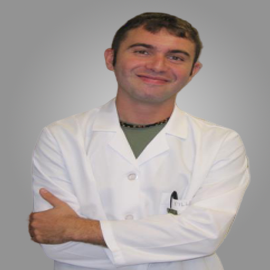
Title: Therapeutic ketosis and the broad field of applications for the ketogenic diet: Ketone ester applications & clinical updates
Speaker Presentation
Dr. Raffaele Pilla
Fatebenefratelli HospitalItaly
Abstract
It has been recently shown that nutritional ketosis is effective against seizure disorders and various acute/chronic neurological disorders. Physiologically, glucose is the primary metabolic fuel for cells. However, many neurodegenerative disorders have been associated with impaired glucose transport/metabolism and with mitochondrial dysfunction, such as Alzheimer’s/Parkinson’s disease, general seizure disorders, and traumatic brain injury. Ketone bodies and tricarboxylic acid cycle intermediates represent alternative fuels for the brain and can bypass the ratelimiting steps associated with impaired neuronal glucose metabolism. Therefore, therapeutic ketosis can be considered as a metabolic therapy by providing alternative energy substrates. It has been estimated that the brain derives over 60% of its total energy from ketones when glucose availability is limited. In fact, after prolonged periods of fasting or ketogenic diet (KD), the body utilizes energy obtained from free fatty acids (FFAs) released from adipose tissue. Because the brain is unable to derive significant energy from FFAs, hepatic ketogenesis converts FFAs into ketone bodies-hydroxybutyrate (BHB) and acetoacetate (AcAc)-while a percentage of AcAc spontaneously decarboxylates to acetone. Large quantities of ketone bodies accumulate in the blood through this mechanism. This represents a state of normal physiological ketosis and can be therapeutic. Ketone bodies are transported across the blood-brain barrier by monocarboxylic acid transporters to fuel brain function. Starvation or nutritional ketosis is an essential survival mechanism that ensures metabolic flexibility during prolonged fasting or lack of carbohydrate ingestion. Therapeutic ketosis leads to metabolic adaptations that may improve brain metabolism, restore mitochondrial ATP production, decrease reactive oxygen species production, reduce inflammation, and increase neurotrophic factors’ function. It has been shown that KD mimics the effects of fasting and the lack of glucose/insulin signaling, promoting a metabolic shift towards fatty acid utilization. In this work, the author reports a number of successful case reports treated through metabolic ketosis.
Biography
Raffaele Pilla, Pharm.D., Ph.D., Doctor Europaeus, received his Master’s degree in Pharmacy at G. d’Annunzio University in Chieti-Pescara, Italy in 2005, where he also served internships at the Cell Physiology Laboratory and Molecular Biology Laboratory. Prior, he was an Erasmus Student at Faculté de Pharmacie de Reims in Reims, France. He received his Doctor Europaeus in 2010 from Pitié-Salpétrière Institute in Paris, France. Also in 2010, he received his Ph.D. in Biochemistry, Physiology, and Pathology of Muscle at G. d’Annunzio University in Chieti-Pescara, Italy. He was hired as a Postdoctoral Scholar in the Department of Pharmacology and Physiology at the University of South Florida in Tampa, on two research grants funded by the Office of Naval Research (US Navy) and Divers’ Alert Network. He has written and lectured widely worldwide. He has been involved in ongoing research at the University of South Florida with the use of ketone esters.
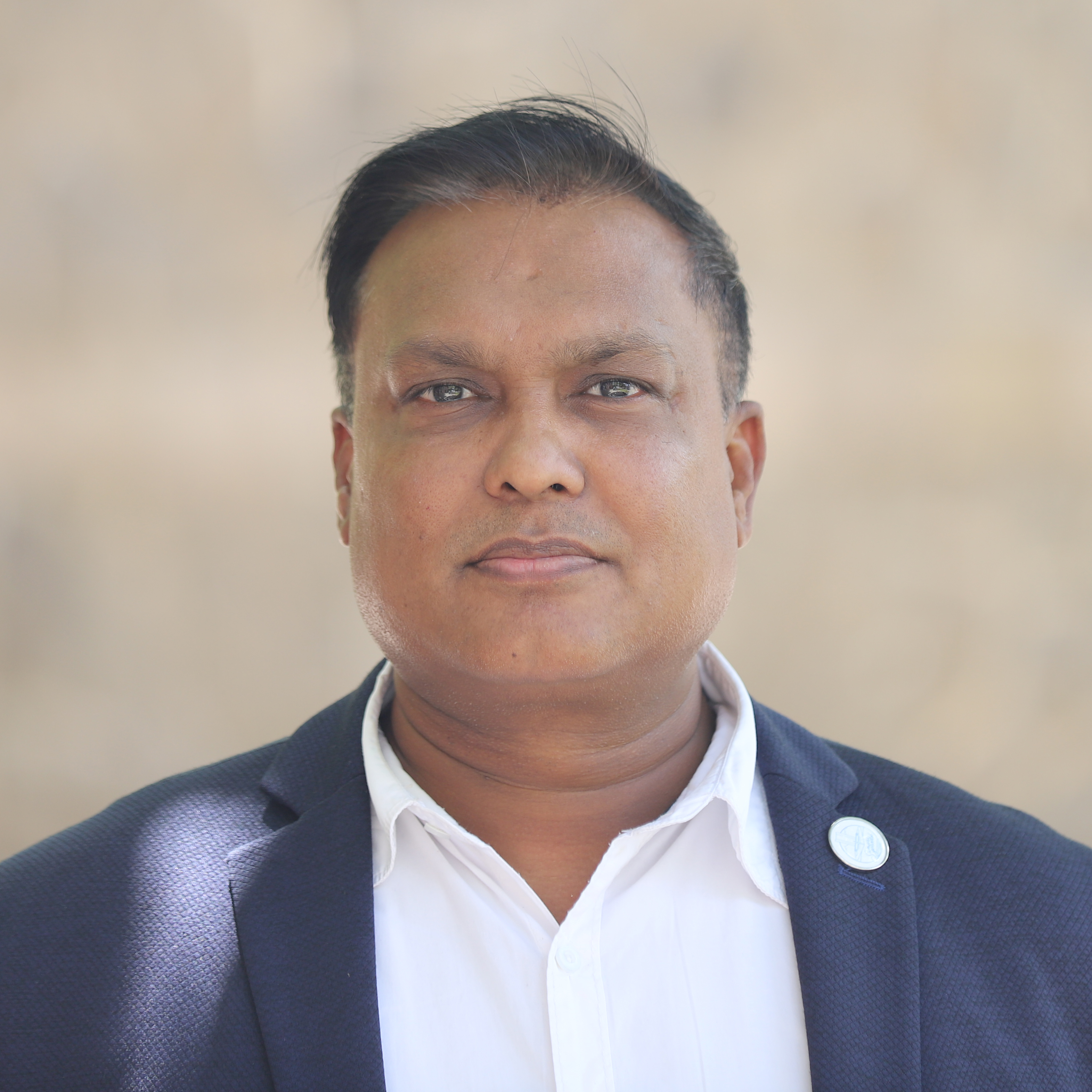
Title: Neuromarketing : How Brands Decode Consumers Mind ?
Plenary Presentation
Dr. Saikat Gochhait
SIDTM, Constituent of Symbiosis International Deemed University Neuroscience Research Institute, Samara State Medical UniversityIndia
Abstract
Marketing is one of the prime things that is needed for the survival of any kind of business. Without marketing, there would be no demand for the goods or services of a business as well as its identity. It gives the brand an option to connect with people. Apart from building the business reputation, marketing also helps in boosting sales of the products and services.With time the way of marketing has changed, traditional marketing is not the only one in the industry right now. Digital marketing made its presence known, apart from that another way of marketing that is grabbing the attention of every industry is Neuromarketing. The name sound scientific and in reality it somehow is. In this article, we will talk about what actually is Neuromarketing and its future in our world. So let’s get right into the business.
Biography
My academic background includes obtaining a Post Doctoral Fellowship in Entrepreneurship from the University of Extremadura in 2018 and a Post Doctoral Fellowship from the National Dong Hwa University in 2019. Finished my PhD in Marketing from Sambalpur University, India in 2014 after receiving the Doctoral Bursary Award from Coventry University in 2010. Additionally, I was awarded a DITA Fellowship from the University of Deusto in 2016, a MOFA Taiwan Fellowship in 2019, and a Russian Fellowship in 2020 from the Samara State Medical University, Russia. Approximately 50 research publications and presentations in national and international journals, with citations to ABDC, Web of Science, Scopus, and Google. My credentials include the publication of five books indexed in Scopus and recommended by top universities around the world. In addition to speaking at several international conferences, I possess extensive experience in teaching, mentoring, and leading research projects. I have also received numerous awards and grants for my research and publications. My teaching experience includes 15 years in marketing, entrepreneurship, and information technology, as well as five years of manufacturing industry experience with Tata Groups and Bajoria Groups. I am happy to contribute to both research-led and methodological modules at undergraduate and postgraduate levels. Currently collaborated with over 40 universities for research and project collaborations in Artificial Intelligence (AI), Healthcare Technology, and Entrepreneurship. Developed a model patented and has received awards from the Department of Science and Industrial Research regarding the application of AI in the energy sector. Headed Business Incubator (BI) funded by MSME from 2016-2017. Currently also working on my own start up idea AI-VIM, which is supported by the Department of Science and Industrial Research, Government of India, and has been awarded three patents.

Title: Recent Advances of Magnetic Gold Hybrids and Nanocomposites, and Their Potential Biological Applications
Plenary Presentation
Dr. Mirza Muhammad Faran Ashraf Baig
The Hong Kong University of Science and Technology, HKSARChina
Abstract
Magnetic gold nanoparticles (mGNP) have become a great interest of research for nanomaterial scientists because of their significant magnetic and plasmonic properties applicable in biomedical applications. Various synthetic approaches and surface modification techniques have been used for mGNP including the most common being the coprecipitation, thermal decomposition, and microemulsion methods in addition to the Brust Schiffrin technique, which involves the reduction of metal precursors in a two-phase system (water and toluene) in the presence of alkanethiol. The hybrid magnetic–plasmonic nanoparticles based on iron core and gold shell are being considered as potential theragnostic agents. Herein, in addition to future works, we will discuss recent developments for synthesis and surface modification of mGNP with their applications in modern biomedical science such as drug and gene delivery, bioimaging, biosensing, and neuro-regenerative disorders. I shall also discuss the techniques based on my research related to the biological applications of mGNP.
Biography
My research work mainly focuses on the construction and function of DNA nanomachines, which are cutting-edge and challenging topics. I designed and constructed unique DNA motifs using a short circular DNA nanotechnology technique and functionalized these probes with fluorophores, gold nanoparticles, small molecular drugs, and peptide ligands. To achieve plasmon resonance effects, I achieved nano-specific precision in organizing plasmonic nanoparticles on the nano DNA frameworks. My work on the DNA nanomachines provided an efficient fluorescence resonance energy transfer mechanism that realizes the bio-imaging, detection of biological events, and functions of the biomolecules. I have also been working on multilayered hybrid magnetic nanoparticles for applications in nanomedicine for the last three years.
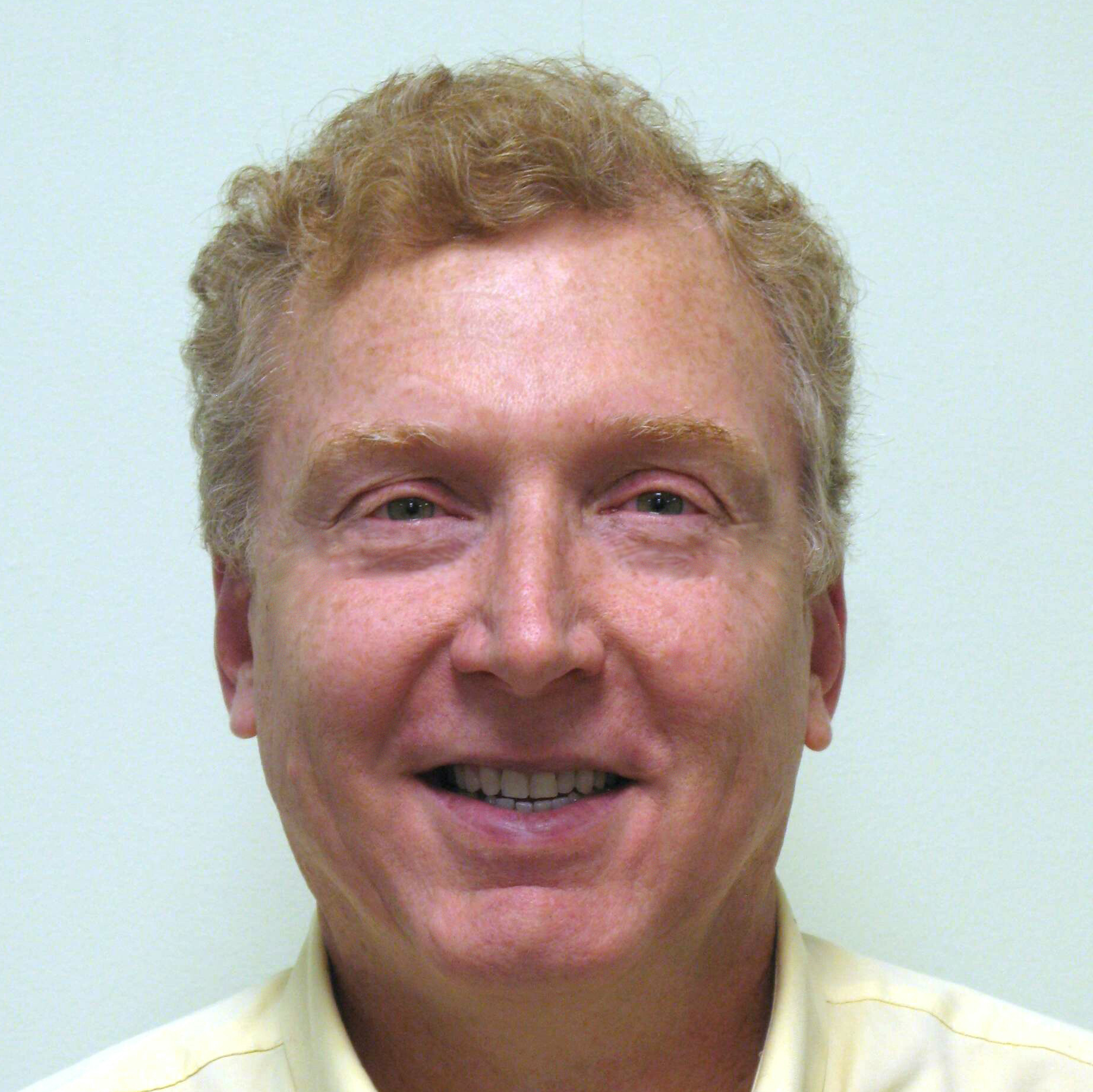
Title: Mitochondria Organelle Transplantation (MOT™): Potential therapeutic approaches in neurological diseases and aging
Plenary Presentation
Prof. Mark S. Kindy
Department of Pharmaceutical Sciences, Taneja College of Pharmacy, University of South Florida, TampaUSA
Abstract
Mitochondria are subcellular self-autonomous organelles primarily responsible for the generation of energy and ATP synthesis. A decline in mitochondrial quality and activity has been associated with normal aging and correlated with the development of a wide range of age-related diseases. Mitochondrial dysfunction, including decreased oxidative capacity and increased oxidative damage, is thought to substantially contribute to biological aging. Mitochondrial targeting has been developed to study mitochondrial physiology and dysfunction and the interaction between mitochondria and other subcellular organelles and for treatment of a variety of diseases. Repair of damaged mitochondria is tricky, boosting biogenesis in cells with damaged mitochondria could be detrimental and anti-inflammatory/anti-oxidant drugs have not been successful. A novel advance that has recently been tested by researchers is the transplantation of fully functional mitochondria into defective/damaged cells. We have developing novel approaches in the isolation and application by using mitochondrial organelle transplantation (MOT™) to replace, repair and boost mitochondrial health both in vitro and in vivo. We have enhanced the isolation techniques and improved the quality, quantity and functionality through stimulation of biogenesis. We have expanded the drug delivery capabilities via nanostructures, hydrogels and artificial lipid membranes. In addition, using ICV, IV, IA and nasal delivery, we can deliver the mitochondria to anywhere in the body, efficiently. Using transgenic mice that express PhAMfloxed (photo-activatable mitochondria) mice or the MITO-tag mice, we have been able to show that mitochondria delivered by MOT™ are functional and help to prevent cell loss and restore function rather than only being anti-inflammatory or anti-oxidant in nature. And finally, using bioreactors, we have can provide GMP/GLP quality mitochondria for clinical trials. These studies demonstrate the viability and efficacy of MOT in the treatment of various mitochondrial disorders.
Biography
Dr. Kindy received his Ph.D. in biochemistry from Boston University, did his post-doc at the Salk Institute, and was faculty at the University of Kentucky, Medical University of South Carolina and now at the University of South Florida as a Professor in the Taneja College of Pharmacy. He is also a Senior Research Career Scientist at the James A. Haley VA Medical Center. Dr. Kindy’s research has focused on the age, genetics, environment, inflammation and other factors in neurological and neurodegenerative disorders. He has published extensively in the field and has been funded by NIH, NSF, VA, AHA, among others. He is the Director of the Botanical Medicinal Research and Education Consortium at USF.
“ Will be updated soon...”
“ Will be updated soon...”
+91 9491 456 452
Door No.200, Immidhihalli Main Road, Whitefield-560066, Bangalore, India
About Us
Global Scientific Guild organizes conferences and webinars to promote quality research and real world impact in an atmosphere of true international co-operation between scientists, doctors, professors, practitioners, engineers and industry by bringing together the world class renowned personalities to discuss the latest developments and innovations at one common platform.